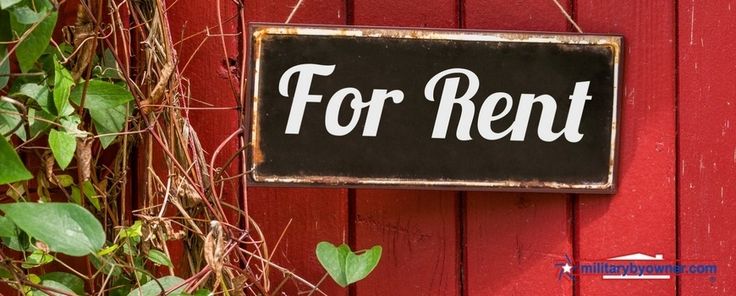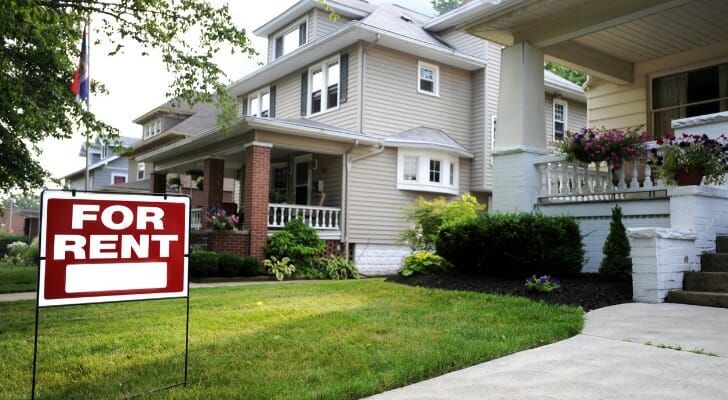
What Are the Legal Implications of Subleasing for Tenants and Landlords?
Subleasing, or subletting, can be an attractive option for tenants who need to vacate their rental property temporarily but want to avoid breaking their lease. Similarly, landlords may benefit from continuous rental income without having to search for new tenants. However, subleasing introduces a layer of complexity with legal implications that affect both tenants and landlords. Understanding these implications is crucial to avoid disputes and ensure compliance with rental agreements and local laws.
This guide explores the legal landscape of subleasing, outlining the rights, responsibilities, and risks for all parties involved.
Understanding Subleasing
Subleasing occurs when a tenant (sublessor) rents out their leased property to a third party (subtenant) while maintaining their contractual obligations to the landlord. This arrangement creates two distinct agreements:
- The original lease between the landlord and the tenant.
- The sublease agreement between the tenant and the subtenant.
Despite delegating tenancy responsibilities to the subtenant, the original tenant remains legally bound to the landlord under the original lease terms.
Legal Implications for Tenants
Tenants who consider subleasing must navigate several legal responsibilities and potential pitfalls.
- Lease Agreement Provisions
Most lease agreements explicitly address subleasing. Key provisions include:
- Consent Requirement:
- Many leases require tenants to obtain written permission from the landlord before subleasing. Failing to do so can constitute a breach of contract, potentially resulting in eviction or penalties.
- Restrictions on Subleasing:
- Some leases entirely prohibit subleasing or impose specific conditions, such as the landlord’s right to approve the subtenant. In some jurisdictions, even if subleasing is not explicitly forbidden, tenants may still need landlord approval.
Continued Liability
Even after subleasing, the original tenant retains full responsibility for the lease terms, including:
- Rent Payments:
- If the subtenant fails to pay rent, the landlord can hold the original tenant accountable.
- Property Damage:
- Any damage caused by the subtenant is ultimately the original tenant’s responsibility. The landlord may seek compensation from the tenant for repairs.
- Lease Violations:
- If the subtenant breaches lease terms, such as causing disturbances or unauthorized alterations, the original tenant could face consequences from the landlord.
Legal Compliance and Local Laws
Subleasing is subject to local regulations, which vary widely:
- Tenant Rights:
- In some states, tenants have the right to sublease unless the lease explicitly prohibits it.
- Disclosure Requirements:
- Tenants may need to disclose the subtenant’s information to the landlord, including financial qualifications and contact details.
- Eviction Protections:
- Subtenants may have legal protections under local laws, potentially complicating eviction processes if disputes arise.
Legal Implications for Landlords
Landlords also face legal and financial risks associated with subleasing.
Control Over Subleasing
Landlords typically maintain some control over subleasing through lease agreements.
- Approval Rights:
- In many cases, landlords can require tenants to obtain written consent before subleasing. However, some jurisdictions prevent landlords from unreasonably withholding consent.
- Lease Clauses:
- Including clear subleasing terms in the lease helps landlords establish their rights and protect their property. Clauses may specify:
- Approval criteria for subtenants.
- Limits on the sublease term.
- Provisions for terminating the lease in case of unauthorized subleasing.
Financial Risks
- Tenant Default:
- If the subtenant fails to pay rent and the original tenant also defaults, landlords may experience delays in receiving payments, which can affect cash flow.
- Property Damage:
- Subtenants unfamiliar with property rules or maintenance expectations may cause significant damage, potentially exceeding the security deposit.
Legal Recourse and Enforcement
- Eviction Rights:
- If a tenant subleases without permission or violates lease terms, the landlord may pursue eviction. However, the process can become complicated if the subtenant has established occupancy rights.
- Recovery of Damages:
- Landlords can hold the original tenant responsible for any financial losses, including unpaid rent or repair costs. Legal action may be necessary to recover these damages.
Risks and Challenges of Subleasing
Subleasing introduces risks that can complicate landlord-tenant relationships and property management.
For Tenants:
- Financial Burden:
- Tenants remain responsible for rent and damages if the subtenant defaults.
- Legal Disputes:
- Disagreements with landlords or subtenants over sublease terms or property conditions can lead to costly legal battles.
For Landlords:
- Unapproved Subleasing:
- Unauthorized subleasing can lead to issues with unvetted occupants, increasing the risk of property damage or lease violations.
- Management Complexities:
- Dealing with subtenants can add administrative burdens, especially if disputes arise.
Best Practices for Subleasing
To minimize risks and ensure smooth subleasing, both tenants and landlords should follow these best practices:
For Tenants:
- Review Lease Terms:
- Understand the subleasing policy outlined in your lease. Seek written approval from your landlord if required.
- Screen Subtenants:
- Perform background and credit checks to ensure the subtenant is reliable and financially stable.
- Draft a Clear Sublease Agreement:
- Include important details, such as rent amount, payment terms, duration, and maintenance responsibilities.
- Maintain Communication:
- Keep open lines of communication with both the landlord and subtenant to address potential issues promptly.
For Landlords:
- Set Clear Subleasing Policies:
- Include detailed subleasing clauses in lease agreements, specifying approval requirements and other conditions.
- Vet Subtenants:
- Require prospective subtenants to undergo the same screening process as the original tenant.
- Monitor Property Condition:
- Conduct periodic inspections to ensure the property is well-maintained and lease terms are followed.
- Document Agreements and Violations:
- Keep thorough records of all communications, approvals, and any violations to protect your legal position.
Conclusion
Subleasing can be a practical solution for tenants and landlords, offering flexibility and financial benefits. However, it comes with significant legal implications that must be carefully managed to avoid disputes and ensure compliance with lease agreements and local laws.
For tenants, understanding your obligations and obtaining landlord approval are crucial steps to subleasing successfully. For landlords, implementing clear subleasing policies and maintaining oversight can help mitigate risks while ensuring a smooth rental experience. By following best practices, both parties can navigate the complexities of subleasing with confidence.



